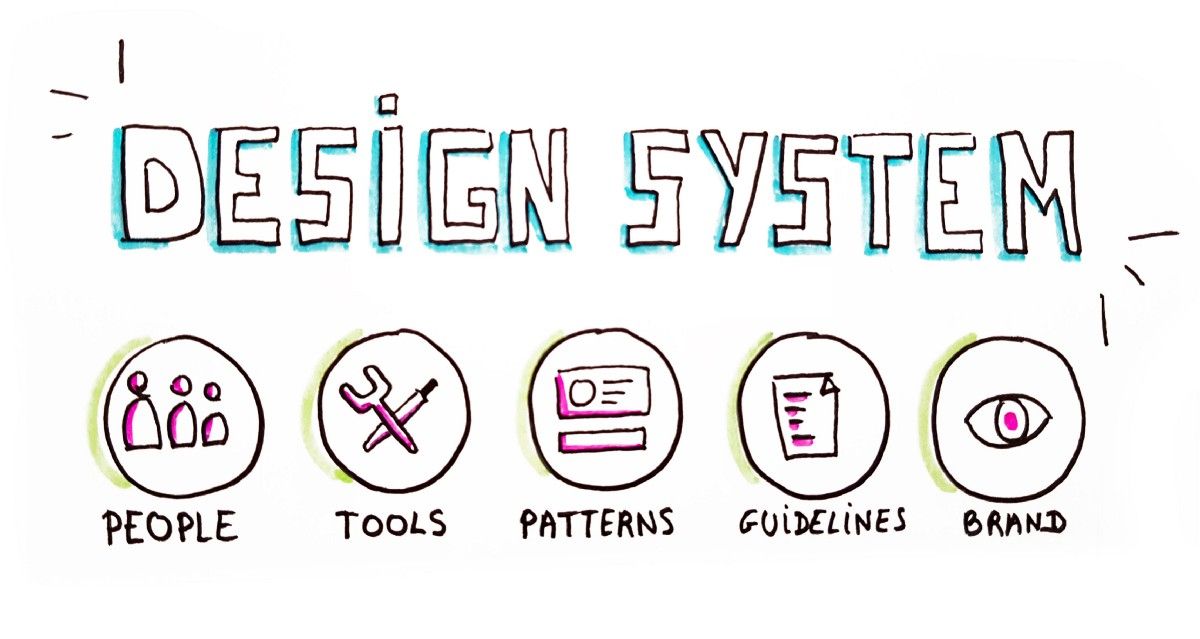news
February 8, 2022What is a Design System?
Explore the concept of a Design System and discover how it is more than another standardised reference repository

In its basic form, a Design System allows product development teams to Design & Build products efficiently and with high quality outcomes. It is a collection of reusable and flexible assets such as libraries, components, kits, colours, typography… and also shared documents, guidelines, patterns, templates for a company based on a Design Language which guides how the company’s identity should be applied on its products & services.
In other words it’s your company’s Design DNA, it is how the brand is made visible, recognisable and tangible across products. It enhances the corporate positioning and reliability on the market whilst scaling internal efficiencies.
We find many Design Systems on the market, but they are generally dedicated to digital products, for example Google Material Design, Microsoft Fluent Design or Carbon IBM.
However, a full & complete Design System is much greater than this, and can support the building of every type of product by providing modular assets for design and development whether that's for a digital, embedded or industrial product platforms.
Beyond the libraries, patterns and templates there are more specialised elements and extensions of a design system that can address specific business use cases, for example, how we design for trust, or design for AI.
A design system is underpinned by a Design Language, which guides how a company’s identity should be applied and how the brand architecture is manifested in its products and services.
Finally, a good design system free’s designers and developers to focus on the real work of value creation.
No design system?
The absence of a design system results in the repeated design and development of the same components, project by project, over and over, each time with different design interpretations and varied application of brand standards. When scaled across a large company, this results in design debt, and significant inefficiencies that impact the bottom line and competitiveness. At scale, these little deviations can also add up to to create a degradation of a companies brand and user experience.
But we must be careful, a design system should not only play to the language of manufacturing, engineering, operations and management efficiency. A good design system is not a rigid exoskeleton that constrains creativity in pursuit of optimisation and efficiency. An organisation that is efficient by its own internal metrics is not necessarily an effective one as experienced by its customers or users. For a company like Thales, that has Trust at the core of its purpose, the experience of our customers and users must be paramount in our priorities.
Flexible, adaptive and evolving
Thales has a diverse portfolio and a good design system should also enable creative adaptation to the specific needs of these portfolios, the customers and end users. Efficiencies should be leveraged in a way that frees our designers and developers to focus on understanding our users, and creating new experiences and value, not the re-creation of norms that should and could be standardised, nor blind conformity to management practices that feed the illusions of the internal metrics machine.
So a good design system is one that creates scaleable efficiencies where it makes sense, enables brand alignment, and frees designers and developers to focus on the real work of value creation, and continually evolving the design system as our markets and users evolve.
